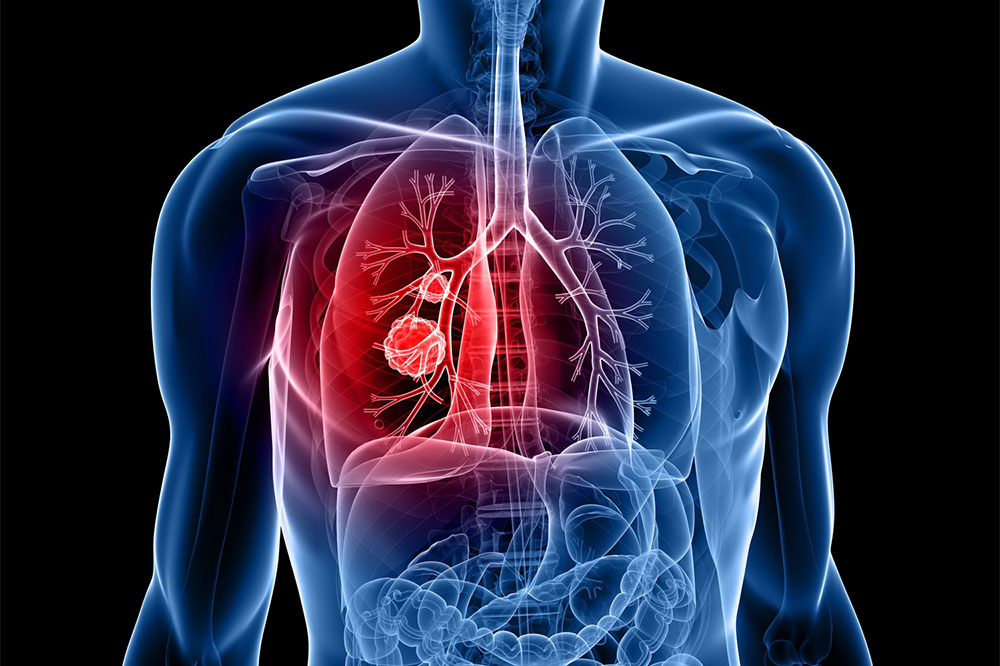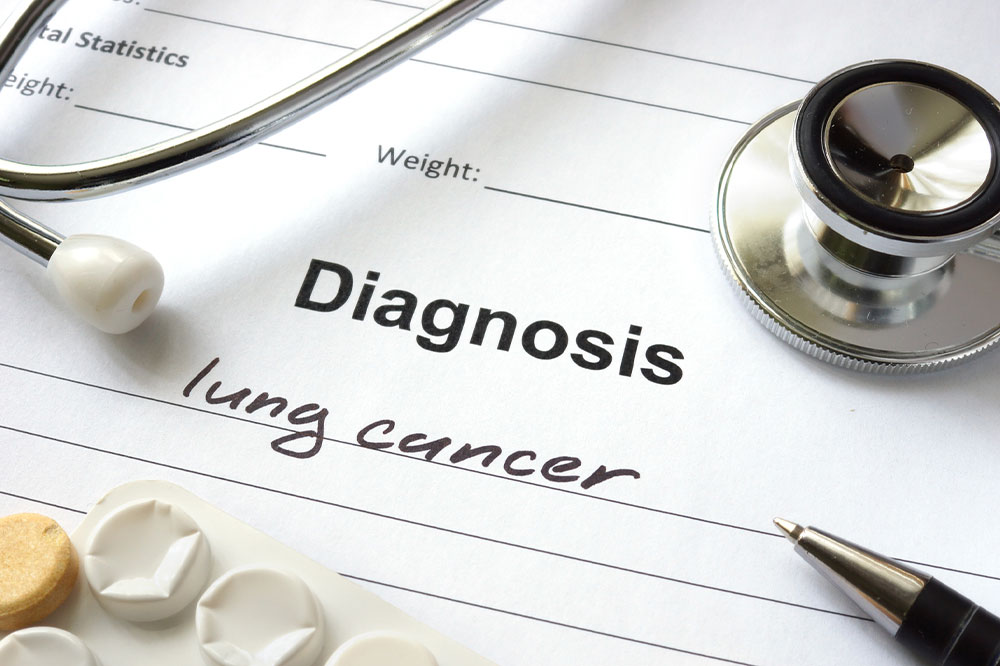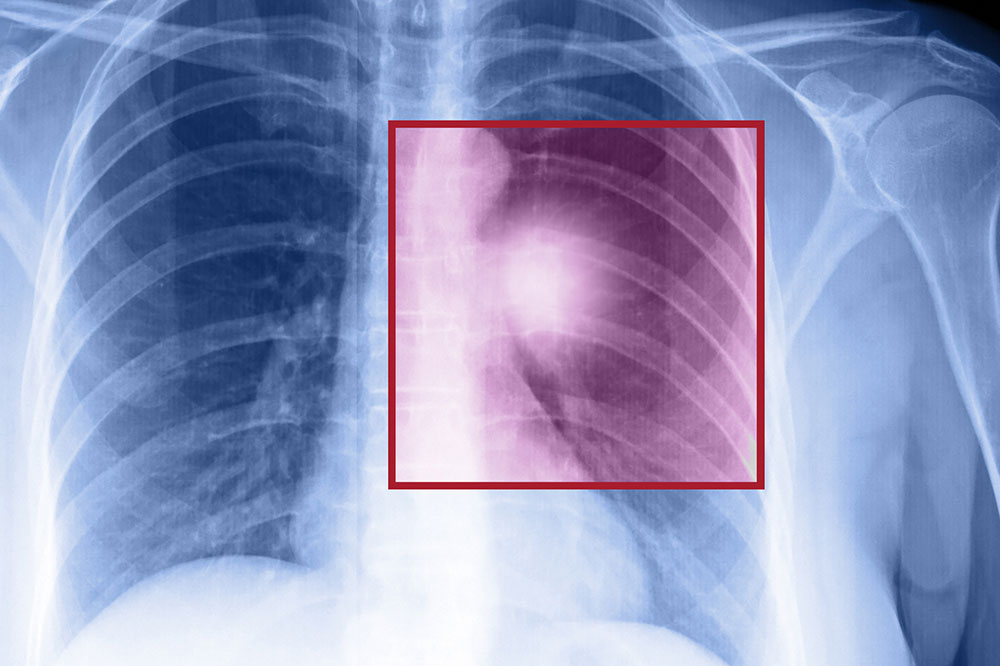Top 5 U.S. Cities with the Highest Lung Cancer Rates and Contributing Factors
This article provides an in-depth analysis of the five U.S. cities facing the highest lung cancer rates, highlighting key factors such as smoking, pollution, and industrial exposure. It discusses regional challenges and public health initiatives aimed at reducing lung cancer prevalence. Understanding these hotspots helps in crafting targeted interventions to save lives and improve health outcomes nationwide.

Insights into the Cities with Elevated Lung Cancer Incidence Across the United States
Lung cancer remains one of the most deadly and prevalent forms of cancer across the United States, accounting for a significant percentage of cancer-related deaths each year. While smoking has historically been the primary lifestyle factor contributing to lung cancer, environmental factors such as air pollution and industrial exposure also play a critical role in increasing risk. Urban areas with high levels of pollution and industrial activity often see higher incidences of lung cancer. This comprehensive article explores the top five cities in the U.S. with the most concerning lung cancer statistics, examining the underlying causes, demographic influences, and local health challenges faced by these cities.
Jefferson County, Kentucky Jefferson County stands out as the city with the highest number of newly diagnosed lung cancer cases annually in the United States. Each year, Jefferson County reports approximately 765 new cases of lung cancer, alongside an estimated 501 deaths due to the disease. The region’s urban density, combined with industrial emissions and high smoking rates, significantly contribute to these alarming statistics. Kentucky, traditionally known for tobacco farming and consumption, continues to combat the health impacts of its legacy into the modern era. Local health authorities are actively promoting anti-smoking campaigns and air quality measures to mitigate further increase in lung cancer cases.
Marion County, Indiana Marion County ranks just below Jefferson County regarding lung cancer prevalence. With an incidence rate of approximately 77.2 new cases per 100,000 residents annually, Marion County faces a significant public health challenge. The region experiences around 506 lung cancer-related deaths each year. Marion County’s urban environment, combined with high smoking rates and exposure to industrial pollutants, particularly in neighborhoods near manufacturing sites, worsens the risk factors. Public health initiatives here focus heavily on smoking cessation, radiation safety, and improving air quality to curb the rising trend of lung cancer cases.
Cheyenne, Wyoming Once known as a major cattle and livestock hub, Cheyenne now grapples with increased respiratory diseases, including lung cancer. The city’s air quality is affected by ongoing industrial and agricultural activities, which release particulate matter and other harmful pollutants into the environment. Researchers note that regions with agricultural dust, combined with historical exposure to certain chemicals, contribute to higher cancer rates. Cheyenne also reports elevated incidences of cancers such as bronchus, breast, prostate, colon, and rectum, highlighting a broader focus on respiratory and systemic health issues in the region.
El Paso, Texas Known colloquially as the “Six Shooter Capital,” El Paso has one of the highest smoking rates among Texas cities. The prevalence of tobacco use directly correlates with the elevated incidence of lung cancer in this region. According to recent health reports, El Paso residents have a higher than average susceptibility to respiratory illnesses and cancers, including leukemia, oral, stomach, liver, kidney, and renal pelvis cancers. The city’s socio-economic dynamics, combined with a tobacco-friendly culture, have made lung cancer a major health concern. Local health authorities are emphasizing education and smoking cessation programs to address this critical issue.
Tulsa, Oklahoma Tulsa ranks eighth nationally in tobacco use, with nearly a third of adult residents engaging in cigarette smoking. The widespread tobacco use has led to high rates of lung cancer and other cancers associated with smoking. Approximately 30% of cancer-related deaths in Tulsa are linked to tobacco, underlining the central role of smoking in the region’s public health landscape. Efforts are underway to reduce tobacco consumption through public awareness campaigns, increasing access to cessation resources, and promoting healthier lifestyles to combat the rising cancer statistics.
Overall, these cities exemplify the complex interplay of environmental, lifestyle, and socio-economic factors influencing lung cancer rates. While smoking remains the leading risk factor nationwide, air pollution and occupational exposure are increasingly recognized as significant contributors. Public health strategies focusing on reducing smoking rates, improving air quality, and increasing awareness are vital in combating this deadly disease. Ongoing research and policy innovations are essential to lowering lung cancer incidences and saving lives.





